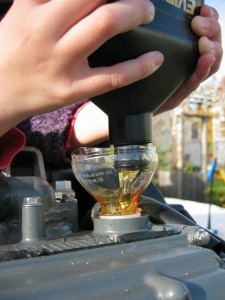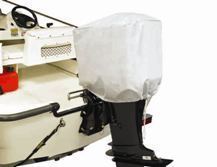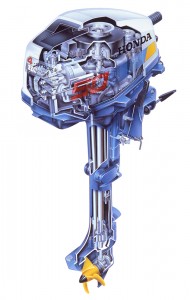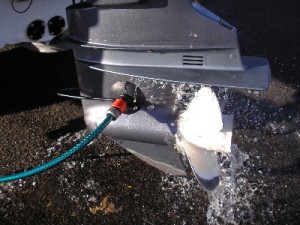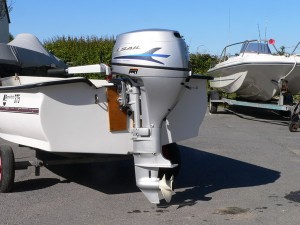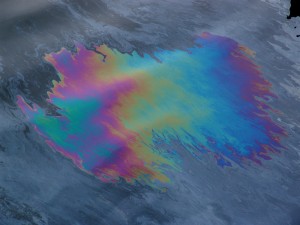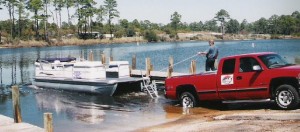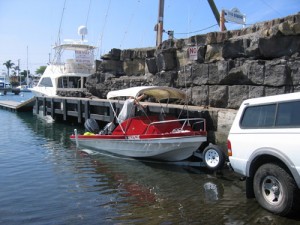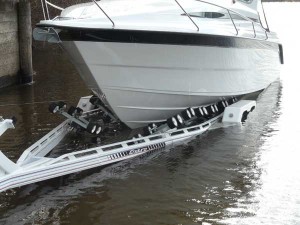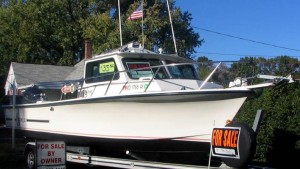Basic Boat Trailering: Part Two
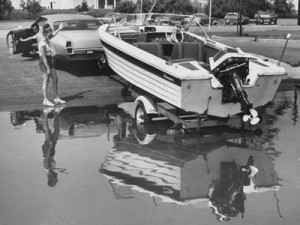 The first time you back your boat into the water it can certainly be daunting; I mean, it’s not everyday your supposed to back your vehicle towards a body of water. When you’re launching your boat, your trailer will obviously have to be submerged in the water. For some reason—unbeknownst to me—various trailer lights aren’t waterproof, which can lead to short-circuiting when they get wet. As such, always opt for the waterproof option.
The first time you back your boat into the water it can certainly be daunting; I mean, it’s not everyday your supposed to back your vehicle towards a body of water. When you’re launching your boat, your trailer will obviously have to be submerged in the water. For some reason—unbeknownst to me—various trailer lights aren’t waterproof, which can lead to short-circuiting when they get wet. As such, always opt for the waterproof option.
If it’s your first time launching your boat (and even if you’ve done it hundreds of times), it’s a good idea to have someone get out and help guide you into the water. It doesn’t matter if the tires of the trailer get in the water, but you’ll want to avoid submerging the wheel hubs, which can lead to rust and corrosion. Once the boat can float, undo all of the ties and cables attaching it to the trailer and secure it to the dock. That probably seemed easy, so tomorrow we’ll go over the more difficult task: getting the boat back on the trailer. Make sure you have all your essentials in the boat, life jackets, drinking water, cell phone and extra outboard motor oil.


